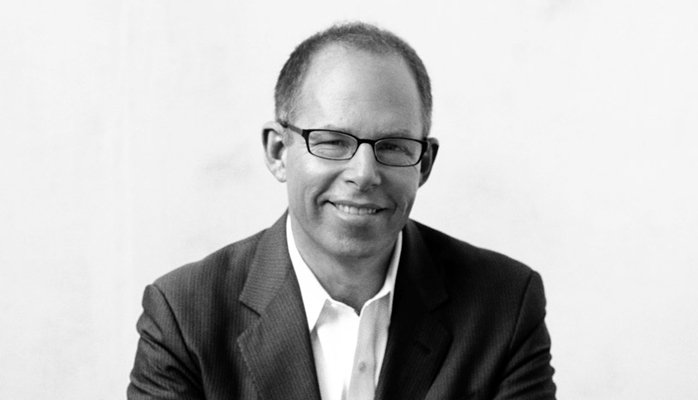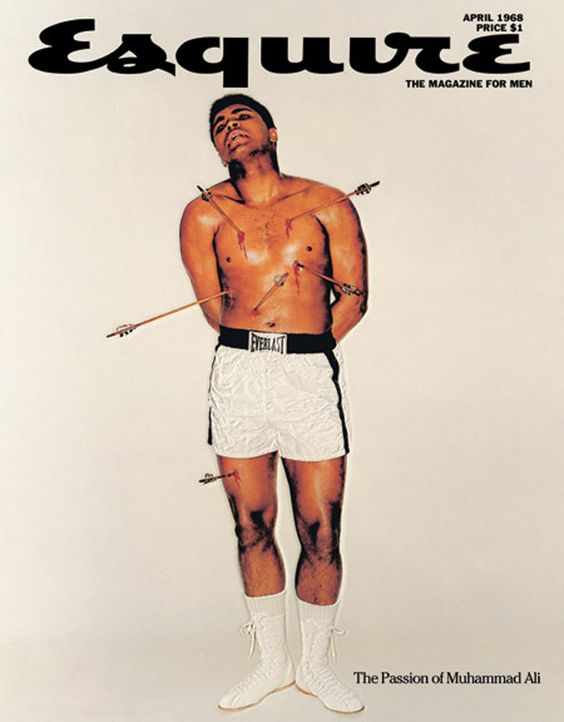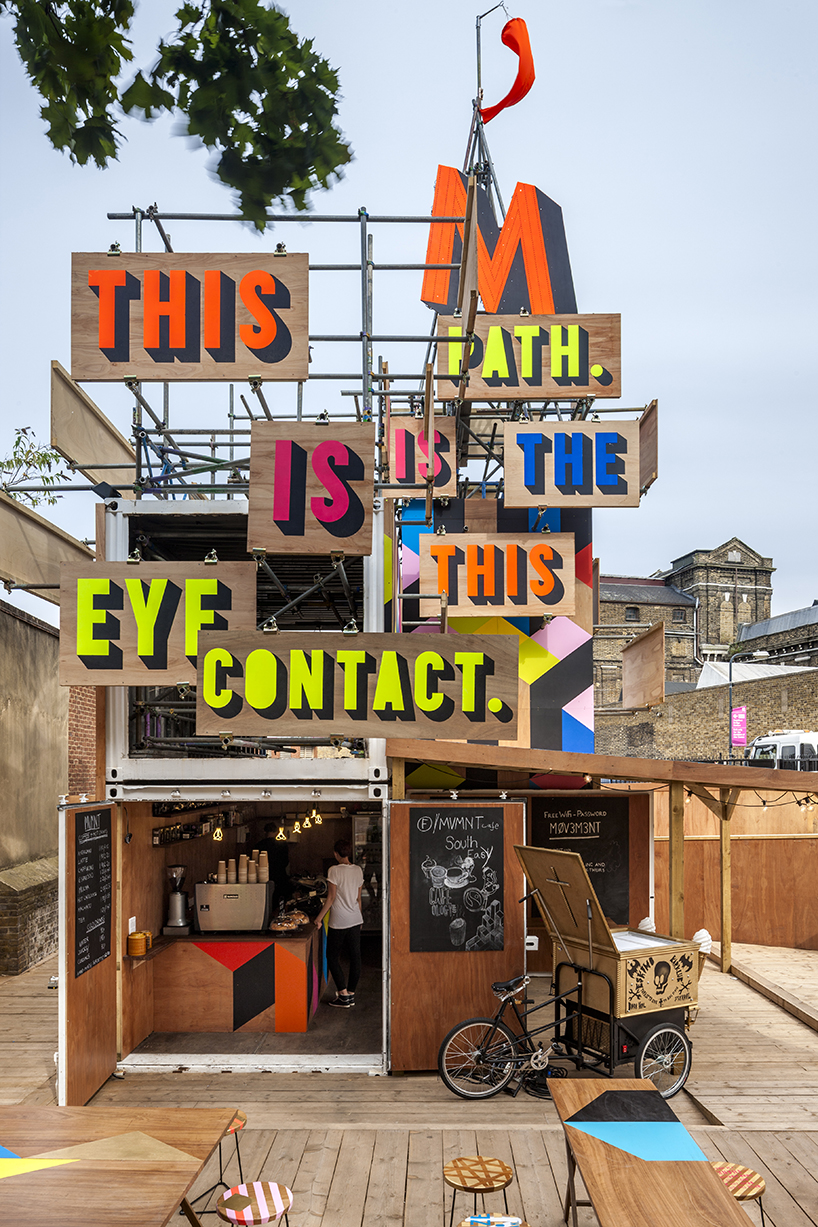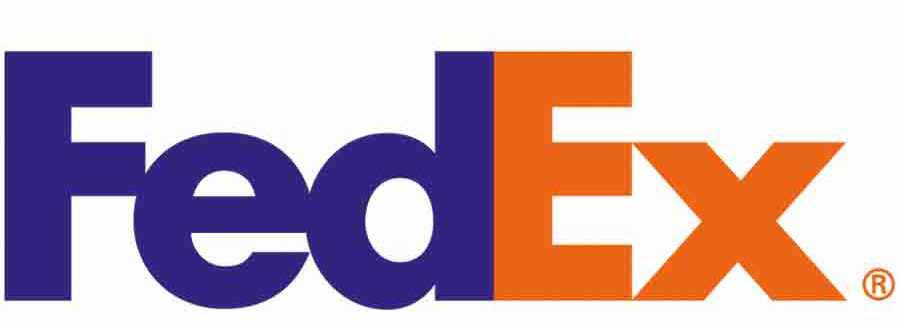Graphic Designers What Do Your Files Look Like Domain_10
25 names every graphic designer should know
As a graphic designer, there are a few names you absolutely need to know. These are the designers who have changed the way graphic design is seen in the contemporary world. They are the mavericks, the thinkers, and those who have made a difference to design.
With a vast range of designers from notable book cover artists to creators of logos and beyond, we've truly covered the whole spectrum of the industry here. After you enjoy this jaunt through the graphic design world, you might want to upgrade your toolkit with the best graphic design software.
- Get Adobe Creative Cloud
01. Chip Kidd

Based in New York City, Chip Kidd is best known for his stunning book jackets – most notably for seminal publishing house Alfred A. Knopf. Kidd has worked for writers such James Elroy, Michael Crichton and Neil Gaiman (among many others).
Jurassic Park is one of his most notable book covers, and in his 2005 monograph he explained the thinking behind it: "When trying to recreate one of these creatures, all anyone has to go on is bones, right? So that was the starting point...

"Not only was the drawing integrated into the movie poster, it became the logo in the film for the park itself. I think it's safe to say that the Jurassic Park T-Rex became one of the most recognisable logos of the 1990s."
Listen to Kidd's hugely entertaining TED talk here. Oh, and if you want to see what you could learn from Kidd's portfolio, check out our article.
02. Rob Janoff

Why do you need to know about Rob Janoff? Simple: he designed the Apple logo. Janoff masterminded possibly the most famous mark in the world today while at ad agency Regis McKenna back in 1977. And although it's been tweaked, the basic form has remained the same ever since – a testament to its simplicity and longevity (and it was created in only two weeks).
Back in 2013, Janoff told us that the idea of an apple with a bite taken out of it was "really a no-brainer". He continued: "If you have a computer named after a piece of fruit, maybe the image should look like the fruit? So I sat for a couple of weeks and drew silhouettes of apples.
"Bite is also a computer term. Wow, that was a happy accident. At that point I thought 'this is going to have a wink and a nod with it, and give it personality'."

And as for the now forgotten coloured stripes? "The big deal about the Apple II was that it was the only computer that reproduced colour images on the monitor, and it was the only computer that you could plug into your home colour TV.
"Also, a lot of it had to do with the aesthetic origins of both Steve [Jobs] and I, which was a kind of hippy aesthetic and The Beatles and Yellow Submarine."
03. Peter Saville

Peter Saville is best known for his record sleeve designs for Factory Records artists – think Joy Division and New Order (Unknown Pleasures, Transmission, Blue Monday and more). But his sleeve work spans five decades. Saville is one of the most prolific record designers of all time, if not the most prolific.
But the Manchester-born designer's work doesn't stop at sleeve design. In 2004 he became creative director of the City of Manchester; he has worked with fashion's elite including Jil Sander and Stella McCartney; and in 2010 he designed the England football home kit.
In 2013 he told The Guardian all about the latter: "The red and white thing has been entirely marginalised by one kind of person. It's synonymous with an attitude that is naive, xenophobic, bullying and self-marginalising. I thought, that's not reflective of the team, or football, or of the nation at all.

"But it turns out the market for those shirts are those bloody-minded xenophobic individuals with the shaved heads. When it came out, they did not like it. They did not like it at all."
Born in 1955, Saville is still going strong – in 2018 he redesigned the Burberry logo.
04. Michael Bierut

There aren't many design agencies that are more respected than Pentagram – and becoming a partner is one of the ultimate design accolades. Designer and educator Michael Bierut has been a partner for 27 years now and has won hundreds of design awards (he's also got permanent work in MoMA). Before Pentagram, Bierut worked for 10 years at Vignelli Associates.
The designer's projects at Pentagram include identity and branding for Benetton, the New York Jets, Walt Disney, design work on Billboard magazine and Hilary Clinton's 2016 campaign logo. This is of course, just a small slice of his sprawling portfolio. Bierut is also a senior critic in graphic design at the Yale School of Art. Check out his Monograph – How To – published in 2015 and his collection of essays, Now You See It, published in 2017.

In 2013, we caught up with his to find out what he looks for in new talent: "The best are people who are bright and articulate, and have great work in their portfolio. I could sit with them all day," he says. "The second best have great work but can't talk about it intelligently. That takes work, but still it's worth the effort.
"I like people who, in talking about their work, scratch below the surface. Don't talk about typefaces and Photoshop effects; talk about the subject matter, and how that interested and inspired you."
05. Massimo Vignelli

Massimo Vignelli died in 2014, taking with him a legacy of some of the most iconic design work of the past 50 years.
Counting IBM, Ford, Bloomingdale's (his 'Brown Bag' designs are still in use today), Saks, American Airlines and many more as clients, and counting Micheal Bierut among his protégés, Vignelli's legacy lives on. It lives on perhaps most prominently in the subway map and signage he designed for New York City in 1972.

At the time of his death in 2014, web designer Justin Reynolds wrote an in-depth guide for us on what we can all learn from Vignelli's design principles.
In it, Reynolds wrote: "He was celebrated for his teaching as well as his work... Which means Vignelli's legacy is of fundamental importance to all designers.
"The web emerged too late in his career to allow him to make a direct contribution to the medium, but the design principles that guided his work have had a profound impact upon the processes and aesthetics of both traditional and digital design."
06. Jonathan Barnbrook

As David Bowie's latter-career go-to designer, Jonathan Barnbrook has become even more prominent in recent times. But Barnbrook's work is far deeper than Heathen, The Next Day and Blackstar.
Before Bowie, he was perhaps best known for his influential type design – Exocet becoming the most pirated font on the web shortly after release in 1991 (it was also used in the FPS video game Diablo).
Barnbrook's VirusFonts foundry continued to thrive throughout the next couple of decades, with Bastard and Tourette being good examples of his still contemporary, but controversial, typefaces.

In an interview with us in 2012, Barnbrook said of Tourette: "Tourette is based on an early 19th century slab serif form. Having Tourette's means that people move outside an agreed code of language... That's what I was trying to say in Tourette. There are swear words that are banned, but it's necessary that they appear in language as well, because we can't calibrate it otherwise. And I do like swearing."
Flip to the modern day and Barnbrook's masterpiece of sleeve design for David Bowie's sign off album Blackstar – the artwork from which was released for free – is every bit as good as the record itself. He also designed the all caps Exocet typeface.
07. Aries Moross

Aries Moross (previously known as Kate Moross) is creative director of Studio Moross. They are an art director and designer from London who came onto the scene in 2008 with their trademark typography and energetic, fluid drawing style.
Moross has since become one of the UK's most sought-after and successful designers, creating a myriad of album covers, magazine covers, branding and video. Moross even created live visuals for One Direction and the Spice Girl's 2019 tour – which they also art directed.

"I don't think about things in terms of influence. I'm not at school any more," Moross told Creative Bloq in an interview in 2011. "I don't look at a painting by van Gogh and go off and do a van Gogh drawing in my sketchbook. I don't read magazines, I don't go to art galleries, I don't engage with the culture in a traditional way that perhaps a lot of people do.
"I think I get most of my ideas from everyday life – going to the shop or interacting with the bus driver or seeing something by accident. I'm not one for organised culture or anything like that, so I do try to let things happen naturally. I definitely think your influences are to do with your character, your life, your mood and general culture like TV and film that you can't really escape."
08. Carolyn Davidson

There aren't many logos that are more recognised the world over than Nike's iconic swoosh. It's often the simplest ideas that are the best and the Nike mark proves it.
Graphic designer Carolyn Davidson designed the logo as a student at Portland State University in 1971 – and was paid $35 for it by Nike founder Phil Knight (Knight met Davidson in an accounting class he was teaching).

The tick-like logo was seen as a symbol of positivity, but it's actually the outline of the wing of the Greek goddess of victory whom the brand was named after. In 2011, Davidson told OreganLive.com that "it was a challenge to come up with a logo that conveyed motion" and that Philip Knight was very impressed with the stripes of rival company Adidas – it was increasingly hard to come up with something original.
As Nike grew in the 1980s, Philip Knight gave Davidson an undisclosed amount of Nike stock (making up for the tiny fee for the logo, we're sure).
09. George Lois

In terms of magazine design, George Lois was perhaps the original maverick. From 1962 to 1972 he enjoyed an incredible 10 years at US Esquire magazine, designing some of the most iconic, and perhaps controversial, covers in history – including April 1968's Muhammed Ali cover. He had big ideas, presented in a simple way.
In an interview with Design Boom in 2014, Lois was asked about his ability to surprise. "When I create an image, I want people to take a step back in awe when they see it for the first time. I want them to be taken back first by the strength of the image, then by the meaning of the content. This makes people understand what's special about a product or how exciting and interesting a magazine is.

"Another one of my strongest skills is making something memorable. If something is memorable, it stays in the consciousness, and that helps sales."
As well as a successful magazine designer, Lois was also a top figure in the world of advertising, working for a raft of huge clients including MTV, VH1, ESPN and Tommy Hilfiger.
10. Saul Bass

It sounds like hyperbole, but Bass was probably the most important graphic designer of the 20th century. His work transcended graphic design, poster design, film titles, logos and more – with perhaps his most iconic work being opening sequences for Hitchcock.
In fact, his opening credit work spanned five decades – right up to his death in 1996. Some of his last work was for Martin Scorcese on Goodfellas and Casino.
In a 2011 article for the Telegraph, Scorcese reflected on Bass' genius: "I had an idea of what I wanted for the [Goodfellas] titles, but couldn't quite get it. Someone suggested Saul, and my reaction was: 'Do we dare?' After all, this was the man who designed the title sequences for Vertigo, Psycho, Anatomy of a Murder... and so many other pictures that defined movies and moviegoing for me.
"When we were growing up and seeing movies, we came to recognise Saul's designs, and I remember the excitement they generated within us.
"They made the picture instantly special. And they didn't stand apart from the movie, they drew you into it, instantly. Because, putting it very simply, Saul was a great film-maker. He would look at the film in question, and he would understand the rhythm, the structure, the mood – he would penetrate the heart of the movie and find its secret."
As a logo designer Bass was also prolific, designing the marks for AT&T, Kleenex, United Airlines, Minolta and many, many more.
11. Morag Myerscough

For over 30 years, Morag Myerscough has been creating stunning supergraphic installations – grand scale installations, pop-ups and wayfinding graphics that bring spaces to life through her trademark bright colours.
Her clients – through her studio, Studio Myerscough – include London's Barbican, Royal London Hospital and the Stockholm Kulturfestival. Later in 2021 will see a super-colourful installation project for the City of Paris, which builds an 'after' to Covid.

In 2013, Myerscough revealed to Design Boom just what makes her tick: "What I enjoy the most [about environmental graphic design projects] is that people enjoy and respond to the places we make and it makes a difference to them.
"I put a narrative in the building; we make places where people feel they belong," she says. Her awards include the Design Museum's Design of the Year.
12. Lindon Leader

Leader by name, leader by nature, Lindon Leader is responsible for one of the cleverest logos out there, utilising negative space in a way never done before (at least for a huge global company). In 1994, Leader was senior design director at Landor Associates when the FedEx logo was designed. It was subsequently applied to 600 aircraft and 30,000 ground vehicles. Now there's a portfolio piece.
Leader told us, in an interview in 2013, that Landor did around 200 designs for the logo before settling on a shortlist of 10 to show to the FedEx brand manager. And the use of white? Particularly that hidden arrow between the E and the X? "I cannot tell you how many times I fight with a client who says 'I'm paying an enormous amount of money to pay for an ad in a magazine and you're telling me you want 60 per cent of it to be empty space?'" he smiles.

"On the one hand I can understand where they're coming from, but basically the average client does not have a sophisticated enough appreciation of white space to understand that it can be a strategic marketing tool."
As well as FedEx, Leader worked on many high-profile branding projects while at Landor, quoting his favourites as Hawaiian Airlines, Cigna Insurance and Banco Baresco. But Leader understands just what the FedEx logo means: "While I think I'm blessed and privileged to have said I designed the FedEx logo, sometimes I think I'm going to go to my grave and that's the only thing people are going to remember me for."
Next page: More great designers who shaped the design industry
Current page: Page 1
Next Page Page 2

Rob is editorial, graphic design and publishing lead at Transport for London. He was previously editor of Computer Arts and ImagineFX.
Related articles
Graphic Designers What Do Your Files Look Like Domain_10
Source: https://www.creativebloq.com/graphic-design/names-designers-should-know-6133211
0 Response to "Graphic Designers What Do Your Files Look Like Domain_10"
Postar um comentário